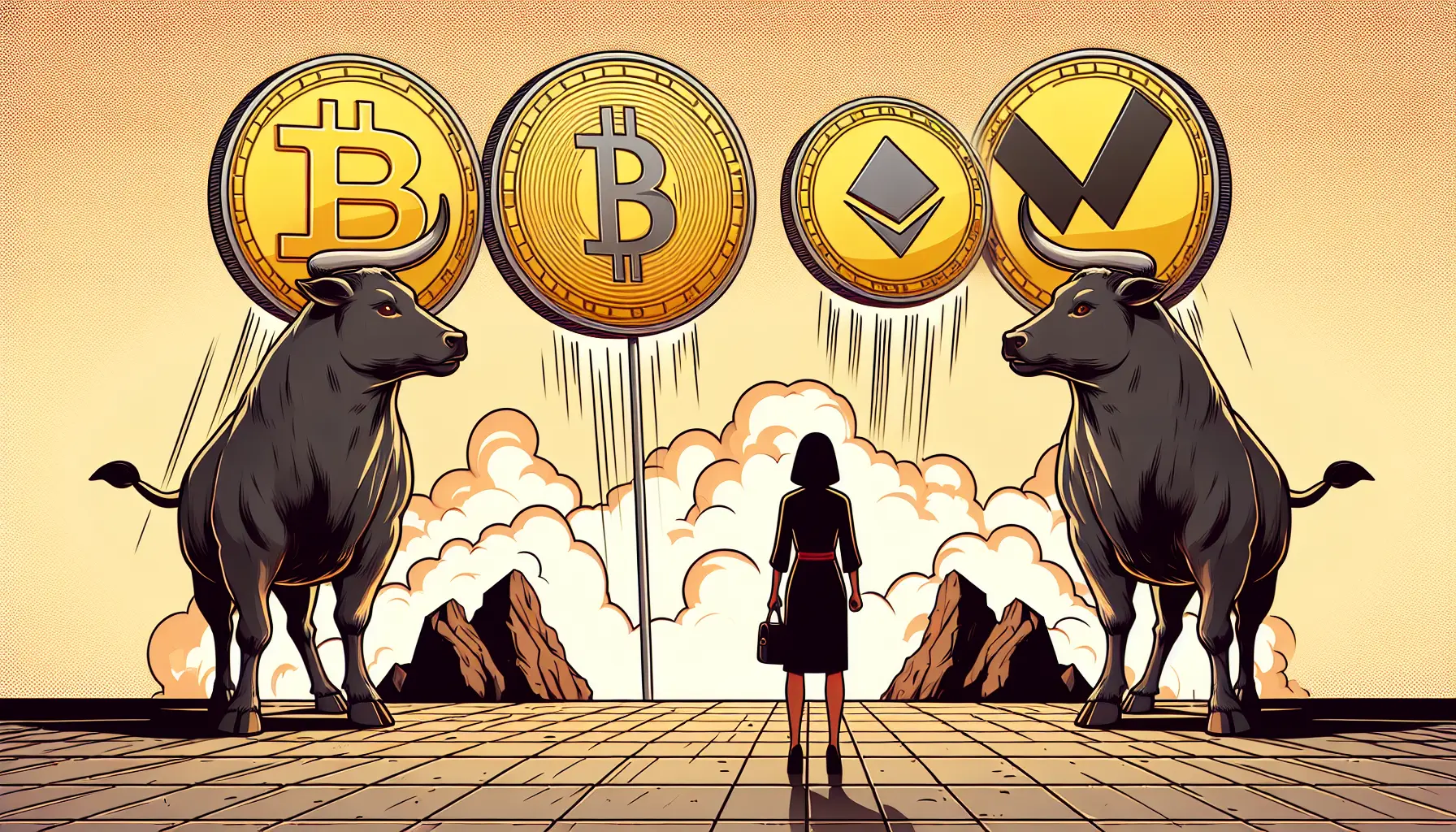Despite a bullish golden cross signal, where the 50-day moving average surpasses the 200-day average, Dogecoin struggled to maintain its upward trajectory. The cryptocurrency saw a sharp decline from $0.24 to $0.22, indicating a 6% drop in just 24 hours. Intraday volatility surged to 7%, with a midday rally quickly quashed by late-session selling pressure. The volume analysis reveals a stronger selling sentiment, with spikes occurring during breakdowns rather than recovery attempts. The breach of the $0.23 support level has exposed DOGE to further downside risks, with traders now focusing on key levels at $0.2165 and $0.2150. Despite continued aggressive accumulation by whale wallets, totaling nearly 100 billion tokens with an addition of 680 million DOGE in August, the price momentum for Dogecoin remains stagnant. Persistent rejections at the $0.24 resistance level have dampened short-term sentiment, overshadowing the long-term confidence indicated by whale accumulation. The situation worsened when Qubic, an AI-powered blockchain project, targeted Dogecoin as its next proof-of-work focus following a controversial 51% attack on Monero. With Dogecoin’s market cap exceeding $35 billion, the potential consequences of a successful attack include transaction disruptions, double-spending opportunities, and a hit to investor trust. The future of Dogecoin hinges on whether bulls can reclaim the $0.23 level, as failure to do so might lead to further losses, particularly if Qubic intensifies its campaign against the network. Traders are closely monitoring derivatives positioning, whale activities, and global trade tensions, all of which are exerting pressure on risk assets. While Dogecoin has weathered market downturns before, the current situation raises concerns about both technical vulnerabilities and network security, making the upcoming weeks crucial for the stability of this meme-inspired cryptocurrency.









